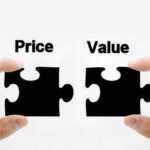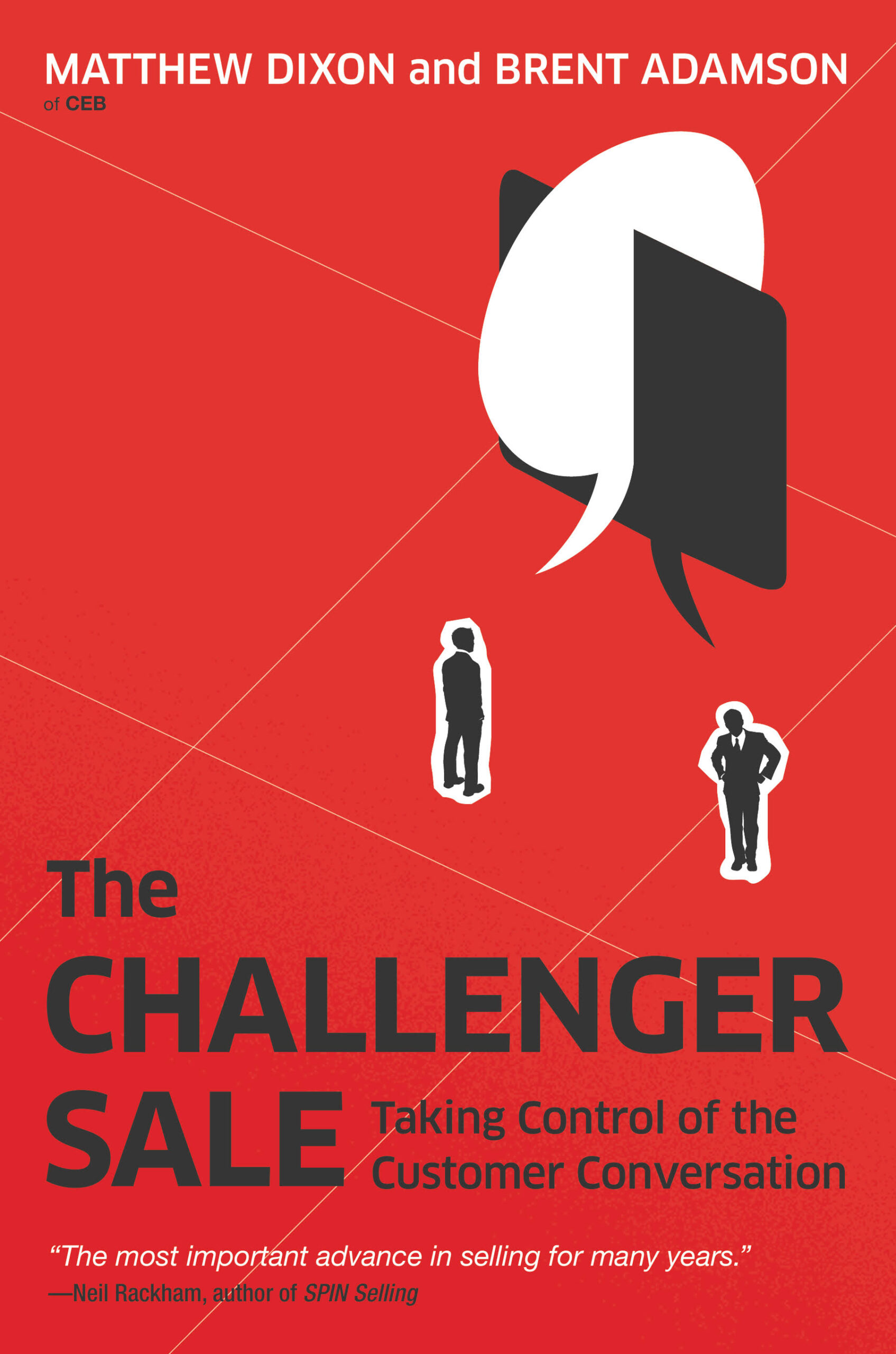Once a customer agrees to make a purchase, it is not the time to relax or celebrate the victory, it is time to upsell. By employing one or more of three proven methods to upsell a customer, the company can not only increase their revenue but also the customer’s overall satisfaction with the product or service.
Let’s begin the discussion of upselling by stating upfront that I’m not talking about some type of sleazy technique to manipulate or gouge the customer. Salespersons often get a bad rap based on a few bad apples. When you mention sales, many people conjure up images of a used car salesman smoking a cigar and wearing plaid on plaid. Yet, selling is a noble profession for the vast majority of salespersons. One of the key tenons of a good salesperson is that they believe wholeheartedly in the product or service they are selling. This is the audience for which this article is written. When you believe in what you are selling, you owe it to the customer to get them to buy. If the customer can achieve greater value with some additional or complementary products or services, you owe it to them to make them aware of these offerings via and upsell.
The Marketing and Sales Hourglass
With that out of the way, I’d like to share with you a problem I see in most sales processes. There are literally thousands of books that have been written on the topic of selling. Most postulate the value of some type of sales funnel. Some have three tiers, others have five or six. The problem is that they all end with the sale at the bottom of the funnel.
Now don’t get me wrong, getting the sale is a good thing but once you have made the sale, it should not be the end of the sales process but the beginning of creating a relationship with the customer. The sales funnel metaphor fails to consider the true lifetime value of the customer. I think a better metaphor for the sales process is to replace the sales funnel with a sales hourglass. Once you get that sale, you have reached the neck of the hourglass and now it is time to deepen the relationship with the customer. One of the first ways to deepen the relationship is with an upsell. Once the customer has agreed to buy from you, you owe it to the customer to upsell additional related solutions that can enhance their purchase.
Upselling can be broken into three upsell categories: cross-sales, add-on sales, and bundle sales.
The Cross-Sales Upsell
Cross-sales are sales where you recommend your customer consider buying a product or service that supplements their initial purchase.
Cross-selling is one of the primary upselling methods used by businesses not only to generate additional revenue but also to ensure the customer’s purchase will completely solve their problem. The objective of cross-selling is both to increase income derived from the customer and to protect and strengthen the relationship. Cross-selling is one of the easiest ways to upsell and grow a business, as you have already established a relationship with the client and should be familiar with their needs and objectives.
The value of cross-selling became very apparent to me some time ago when I needed to upgrade my PC. On the recommendation of my PC repair guy, I traveled to a large superstore in Denver that specialized in computer hardware, some 50 miles from my home. The salesperson at the store helped me assemble all the pieces I thought I needed to upgrade my PC. However, when I returned home to have my PC guy install the items, we realized that I needed an additional part. Angry about the situation, I had no other choice but to waste another couple of hours making another round trip to Denver to get the missing part. If the salesperson had initially educated me on all the parts I potentially needed to get the most out of what I intended to buy in a cross-sale, I would have appreciated the knowledge.
My situation is not unique. Often, customers forget or fail to realize they need other products or services to get the most out of their purchase such as batteries, cables, adapters, software, special tools, subscriptions, etc, So cross-selling is not some dishonest way of taking advantage of the customer by selling them something that they don’t want or need. Rather, cross-selling is something you owe the customer to ensure they get everything they need to make the most of their purchase.
Cross-selling involves an element of risk that could disrupt the relationship of existing clients if not used properly. It is important to ensure that the additional product or service being sold to the client as part of the cross-sale effort enhances the value the customer gets from the company.
The Add-On Sales Upsell
Add-on sales are the items ancillary to the main product or service that are sold to the customer. Often, add-on sales represent the first step in Permission Marketing called Situational Marketing. When you order a hamburger at McDonald’s and the cashier says, “Would you like fries or a drink with that?”, that is an add-on sale.
Add-on sales are used to establish a rapport with the customer, which equates to planting a seed for future business. Add-on sales should not be used to entice the customer into buying unnecessary items. Add-on sales should enhance the customer’s experience with the primary item they purchased. By delivering enhanced value and making the customer feel like they got a better deal, they can generate increased customer lifetime value.
Often, add-ons represent small incremental upsell costs to the customer but have high margins for the company. For example, a drink at McDonald’s may add a dollar to the overall order but it costs McDonald’s only twenty cents for the drink, cup, lid, and straw which is a 400% markup. However, adding a drink to a customer’s order increases their overall satisfaction with the meal.
Add-ons can take many forms. For example, car buyers often commit to buying a base model. Adding on options such as leather trim interior, a premium stereo system, heated seats, a sunroof, etc. can increase the buyer’s satisfaction with their purchase while also boosting the company’s profit margins. Add-ons can also involve the recommendation to purchase a protection plan when you buy a new appliance or a tech-support subscription or product training.
When I bought a new video editing software package, the seller offered some product training at a discount with the initial purchase, so I could learn to use the product more productively.
In the end, add-ons are intended to give the customer extra peace of mind and increase their satisfaction with their initial purchase.
The Bundle Sales Upsell
Bundle sales are a strategy where companies sell several products or services together as a single combined unit. Often, the bundle is sold at a lower price than if the items were purchased separately, but not always.
Offering discounts on a bundle sale stimulates demand, enabling companies to sell products or services they would otherwise have difficulty selling separately in large volumes.
Recently, I needed to make an auto insurance claim and when I could not reach my agent, I decided to switch insurance companies. I was presented with a classic bundle sale when the agent at my new insurance company said “I could save you money on your auto policy if you agreed to transfer your home owner’s insurance to us as well.” Value meals offered at many fast-food restaurants are another form of bundling.
Bundling does not always have to include a discount for the customer. When the bundle is sold at a discount, it is called Mixed Bundling. When it does not include a discount, it is called Pure Bundling. A good example of pure bundling happens with many TV and Internet subscriptions. For example, my cable Internet provider bundles a basic TV subscription with my Internet service. I do not require or want their TV subscription but it is a package deal, take it or leave it. Streaming services often offer several channels into a bundle as well, and then offer several levels of bundles. My mom loves to watch old movies and loves the Turner Classic Movies channel (TCM). Her cable provider does not let her choose just that one channel to add to her basic cable. Instead, she has to buy an additional relatively high-priced bundle package with 49 other channels she never watches just to get the TCM channel.
Product bundles whether mixed or pure are often sold to raise the perceived value of buying multiple products at once.
How can you incorporate upselling in your company?












